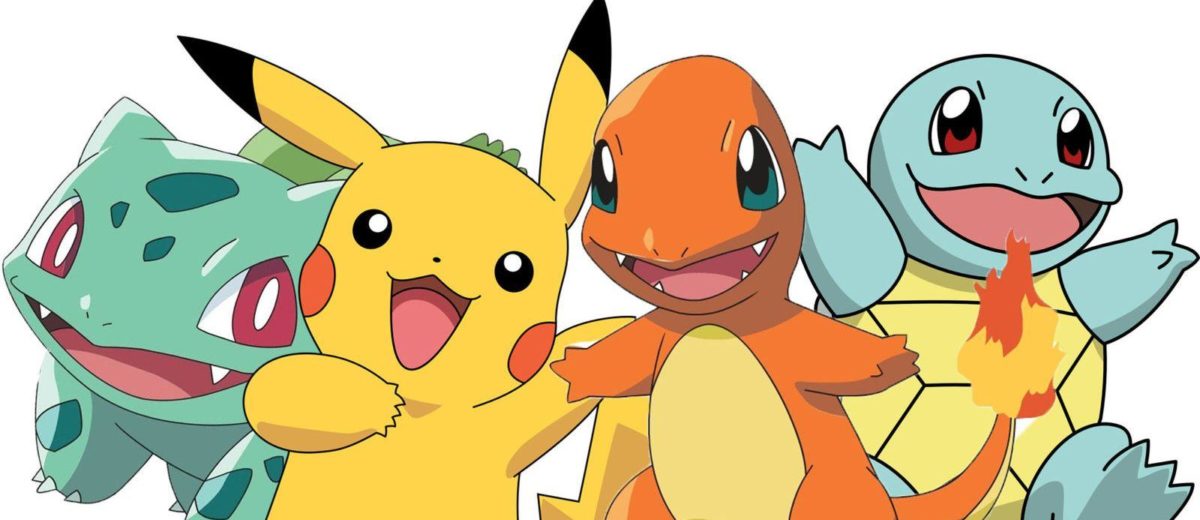2016 marks the 20th anniversary of the Pokemon franchise. The games first released in 1996, and have since become a worldwide icon. Since its inception, the series has branched out and become more than a video game series and now includes an anime, manga, movies, trading card game, and more.
Just in the realm of games, the series has also seen an number of spin-offs across a wide variety of platforms. Most gamers have played a Pokemon title, and have fond memories of capturing and battling with the ever growing roster of monsters. Many still play them, and have for decades.
And now, on the eve of the next games in the legendary series, Pokemon Sun and Moon, here is a brief look into the history of what is one of the most iconic and popular series to ever grace video games, and how this series has grown into the titles that we play today.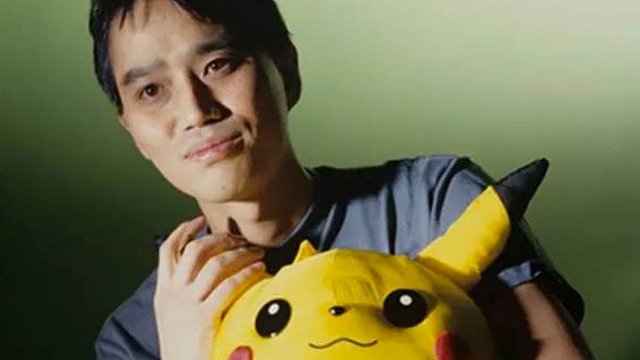
The idea of Pokemon came from Satoshi Tajiri, who wanted to share his love of catching insects with others. Together with Ken Sugimori, Tajiri founded Game Freak, creating the first concept of Pokemon, then known as “Capsule Monsters.” The idea was to create a game based around collecting, training, trading, and battling captured monsters using the Game Boy’s link cable. Tajiri’s friend Shigeru Miyamoto pitched Capsule Monsters to Nintendo, and Nintendo began funding the project. Due to copyright issues, the game had to change its name from Capsule Monsters to “Pocket Monsters,” which was shortened to Pokemon.
After six years of grueling development (Game Freak was almost driven to bankruptcy), Pokemon Red and Green were finally released in Japan on February 27th, 1996. Tajiri’s dream had become a reality, with the games featuring 151 monsters for players to capture. The concept of capturing these creatures in Pokeballs came from the Ultraman television show Ultra Seven, as the protagonist kept monsters that would help him fight in small capsules.
Sales for Red and Green were modest at first, but saw a huge increase in sales after Mew was discovered in the games. The Japanese magazine CoroCoro held a “Legendary Pokemon Offer” contest, in which twenty lucky winners could win a Mew. Soon after, Red and Green saw a huge increase in sales and were followed by a Blue version later that year, fixing bugs as well as improving the game’s graphics and sound.
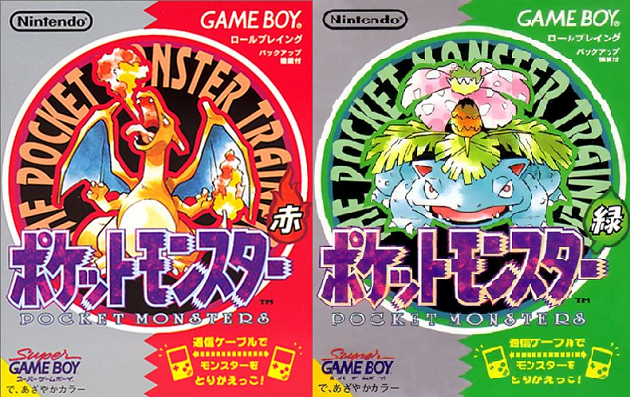
1996 also saw the release of the Pokemon Trading Card Game. The first set included 102 cards, and became very popular. The growing franchise also received a manga that year. Then, in 1997, the Pokemon anime premiered in Japan. The anime followed Satoshi (renamed Ash in the American version), who was based off of Red from the games, and his Pikachu. The popularity of Pikachu would eventually lead to the Pokemon becoming the mascot of the franchise.
The titles reached Western shores in 1998 as Pokemon Red and Blue. Along with the games, the anime also began airing in the U.S., followed by the card game in 1999. The series ran with the slogan ‘Gotta Catch ‘Em All!’ and quickly became a worldwide phenomenon. Following the Red and Blue versions of the games was a Yellow version, becoming the third western-released game in that generation, a tradition that has stuck in the series ever since.
Over the next few years, a number of spin-offs were released for the franchise. The first title in the Pokemon Stadium series was released for the Nintendo 64, bringing the franchise into 3-D. Also released on the Nintendo 64, gamers received Hey You, Pikachu!, as well as Pokemon Snap, which became quite popular and is one if the most memorable titles on the system. The Game Boy received Pokemon Pinball, as well as a video game version of the Trading Card Game. Also released was the anime’s first feature film, which saw great success. Introducing a number of new Pokemon, the film began bridging the gap between the original games and the next generation.
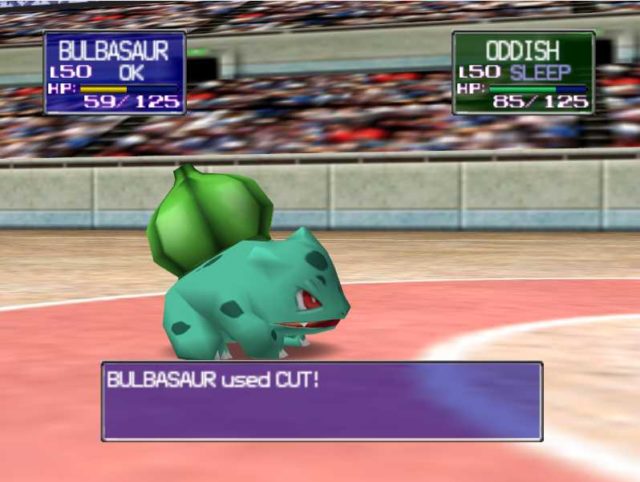
In late 1999, Pokemon Gold and Silver were released in Japan. The games would make their way to the States in 2000. The second generation games took players to a new region, and added 100 new creatures to find and capture. Gold and Silver also introduced a number of new features, such as a night and day cycle, Pokemon genders and the ability to breed, and a friendship system. After initially completing the games, players were able to go to the region from the original games, and were once again able to experience those games. A year later, a third version was released, entitled Pokemon Crystal, and expanded upon the story of Gold and Silver. The game also gave players the ability to choose the protagonists gender for the first time in the series.
In 2002 (2003 in North America), the series’ third generation released: Pokemon Ruby and Sapphire. The games had made their way to the Game Boy Advance, and introduced 135 new monsters for players to capture. The games still followed the story of a kid going on an adventure to become a Pokemon Master, but brought along a few enhancements as well. These new features included Pokemon Contests, Double Battles, abilities and natures for each Pokemon, and increased EV and IV training. Some complained that Ruby and Sapphire were too similar to past games, but the features introduced in the games would become important parts in the series. This generation continued the trend of a third title, with the release of Pokemon Emerald, which once again took the original games of that generation and improved them.
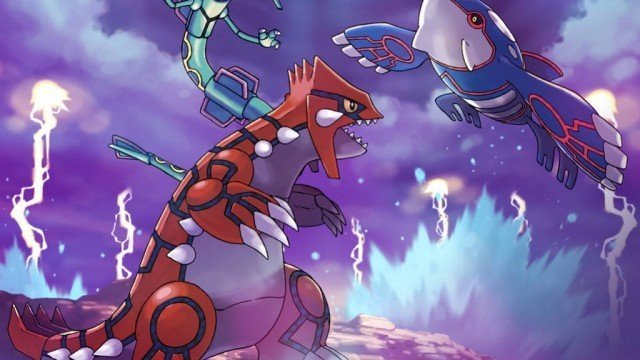
With three generations of games under their belts, it was then, in 2004, that Game Freak released the series’ first remakes. Pokemon FireRed and LeafGreen took the world of Red and Blue, and upgraded it with the improvements that the series had made in the past 8 years. The games introduced wireless connectivity to the franchise through a wireless adapter for the Game Boy Advance that was packaged with the games.
Between 2004 and 2007, Nintendo continued to find room for more spin-offs. Among these were Pokemon Coliseum and XD, 3-D titles that took place in the region of Orre. Games also started taking a different approach to the franchise. The Mystery Dungeon series saw the player is turned into a Pokemon, while the Ranger series, placed players in the role of Rangers traveling the land of Fiore, instead of trainers.
In 2006 (2007 in the States), the core series made its jump onto the Nintendo DS with the release of Pokemon Diamond and Pearl. The games introduced over a hundred new creatures to capture, and took advantage of the DS’s native Wi-Fi to allow players to interact wirelessly. The games brought back the time system, implemented visible gender differences, and a created a split between physical and special moves. Two years later, the third game in the fourth generation, entitled Platinum, released. The title brought new forms of some of the game’s Legendaries, as well as updates similar to those that were implemented in Emerald.
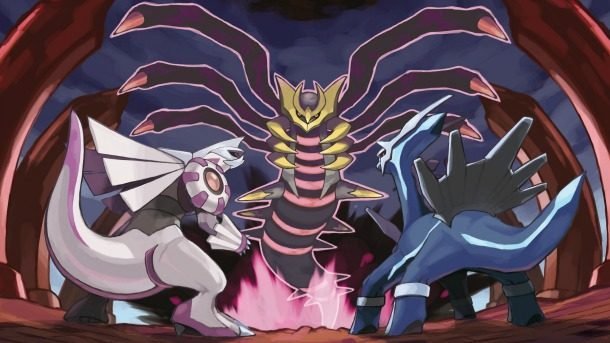
The next few years saw the release of more spin-offs, including entries in the Mystery Dungeon and Rangers series. However, 2009 (2010 in the West) saw the release of another set of remakes: HeartGold and SoulSilver. Similar to what was done for FireRed and LeafGreen, the games were enhanced for the then current generation. They also came with Pokeball-shaped pedometers that could interact with the games. The titles had a number of great features added to them, such as the ability to have your Pokemon follow behind their trainer. HeartGold and SoulSilver became some of the best selling games on the Nintendo DS, with over 12.5 million copies being sold.
Then, in 2010, Game Freak released Pokemon Black and White. The games would make their way State-side in 2011. Black and White added 156 new monsters, and served as a bit of a renewal for the franchise. The largest new roster for any generation so far, the pair of titles wisely made it so these 156 Pokemon were the only ones that you would run into until the game was completed. Black and White featured a complete graphical overhaul, and took advantages of the DS’s Wi-Fi capabilities. They also broke the tradition of a third title being released at a later time. Instead, Black 2 and White 2 were released in 2012, and were direct sequels to Black and White, continuing the story told in those games. This was the first time that a Pokemon game in the main series had received a direct sequel.
2013 then saw the series make another jump to a new platform. Pokemon X and Y released worldwide for the 3DS in October 2013. X and Y saw the series jump into 3-D for the first time on a handheld console, and once again introduced a number of new creatures to collect. X and Y gave players the ability to customize their trainers, and introduced Mega Evolutions. A year later, the third iteration of remakes were introduced, with the release of Omega Ruby and Alpha Sapphire. Once again, the games were updated to match the current generation, and were given new content for players to enjoy. Breaking even further from tradition the sixth generation didn’t see a third installment or sequels. The game took place in the Kalos region, which was modeled after France.
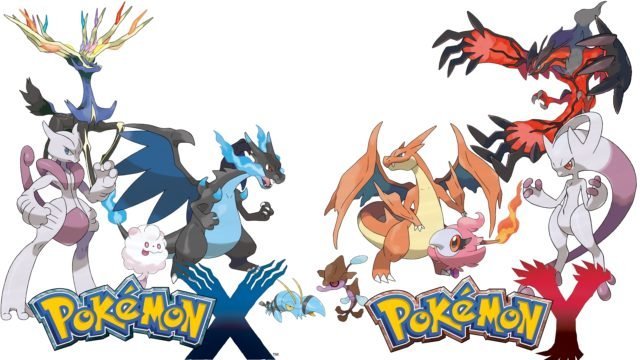
In 2015, Pokemon made a leap into a new genre with the arcade release of Pokken Tournament. This arcade fighter then saw a release on the Wii U in 2016. The year also saw the release of Pokemon GO, an augmented reality title for iOS and Android devices. The game was a massive success when it released, even though it only contained the original 151 Pokemon.
For the series 20th anniversary, it was announced that a new generation of titles are being released in November 2016: Pokemon Sun and Moon. The seventh generation will once again introduce new Pokemon, and bring more new features to the series. Sun and Moon will introduce 4-way free-for-all battles, and will expand upon X and Y’s trainer customization. Z-moves will also make their debut in Sun and Moon, as well as Alolan Pokemon, variants on Pokemon from the first generation.
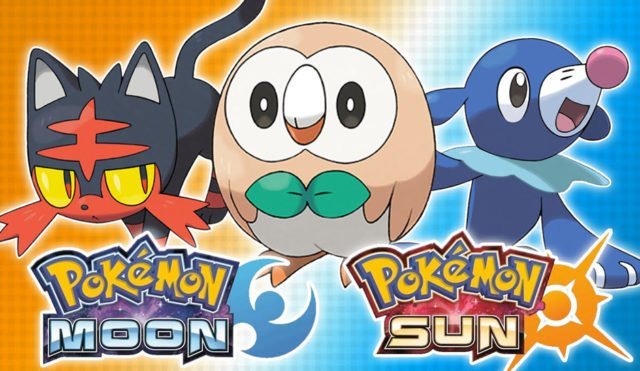
Sun and Moon may be the seventh generation of games in the series, but they are proof that even after 20 years, Pokemon is still going strong.


